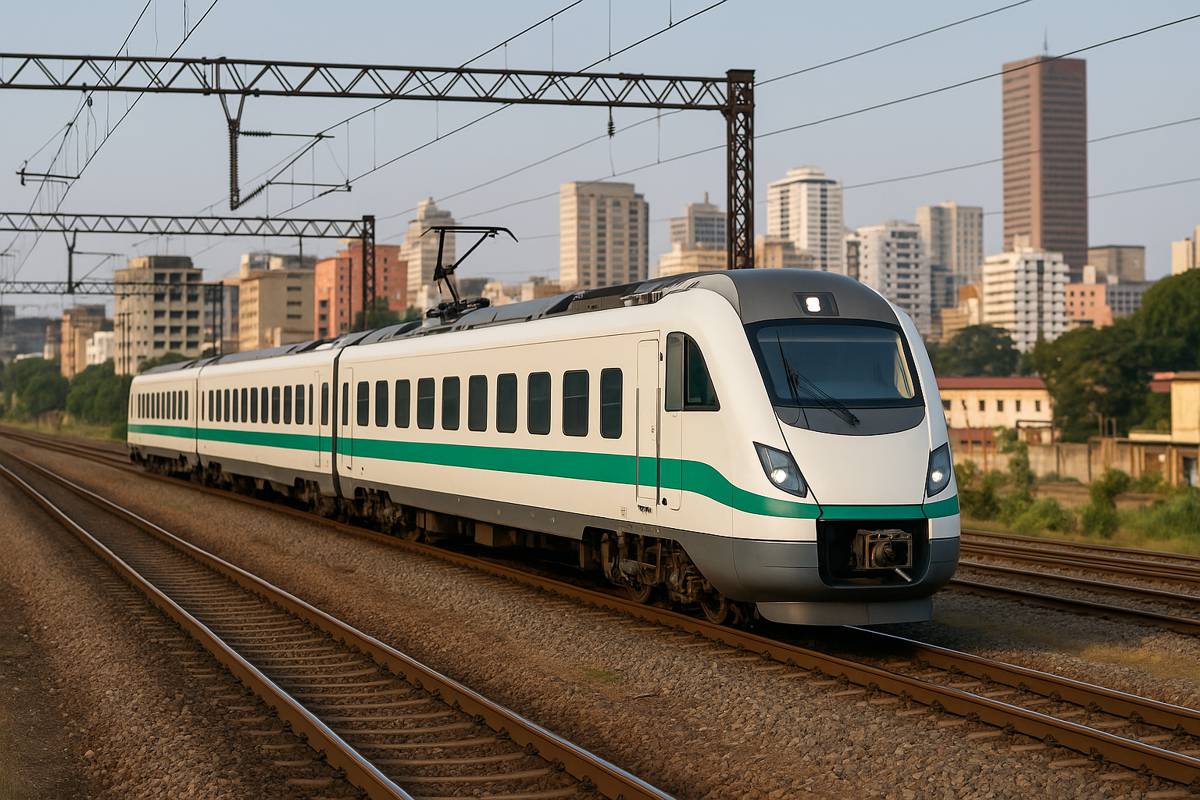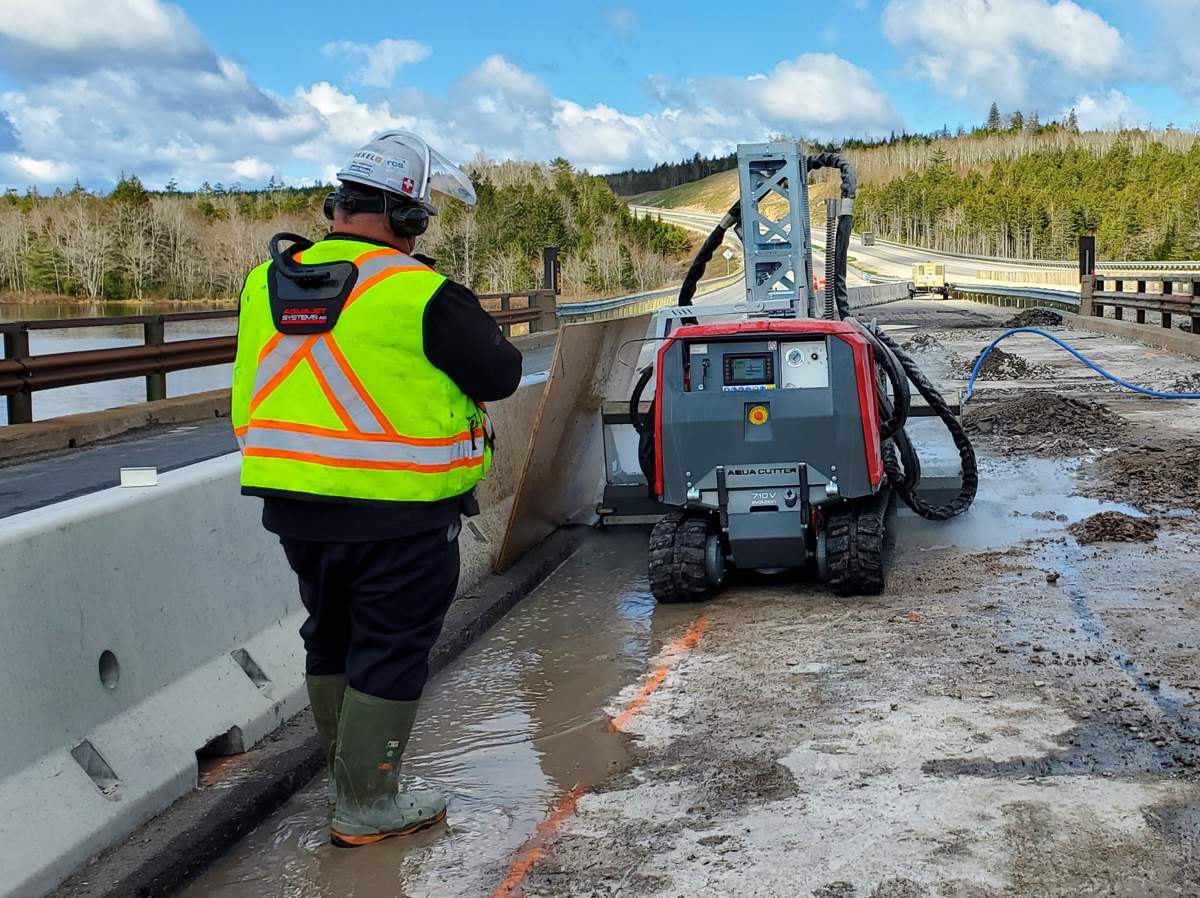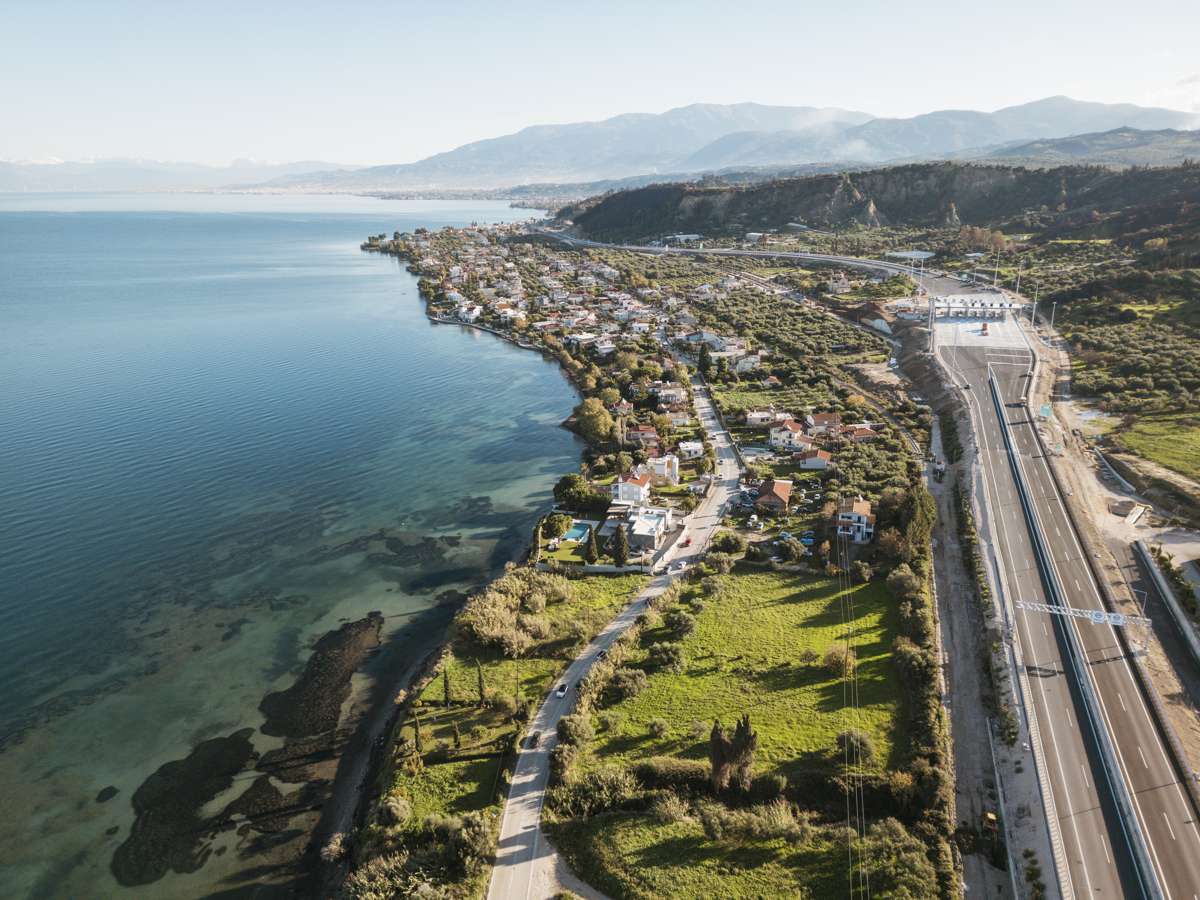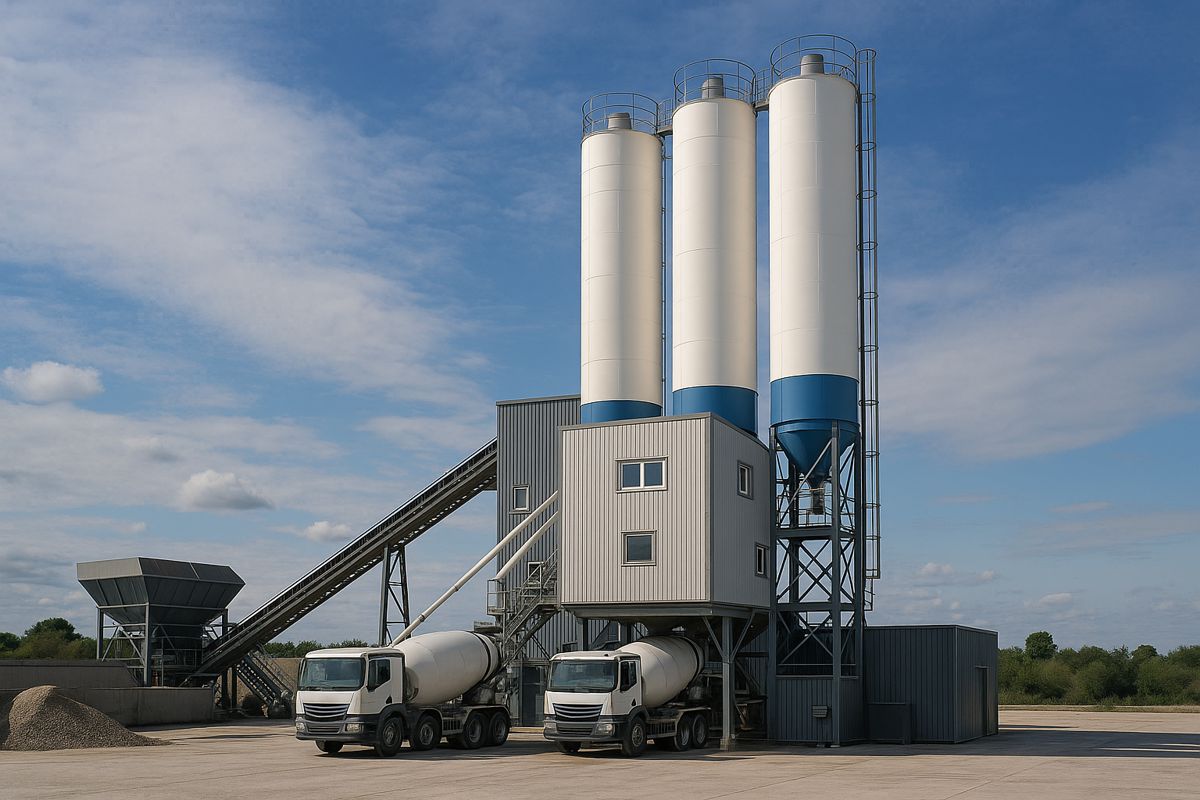Driving Infrastructure Investment in Zambia through PPPs
Zambia’s 2026 National Budget marks a bold turning point in the nation’s transport and logistics landscape. Presented by Finance Minister Dr Situmbeko Musokotwane in September 2025, the budget lays the groundwork for a far-reaching reform of how the country finances, develops, and manages its transport infrastructure.
The message was loud and clear: Zambia is open for business and ready to partner with the private sector to build the arteries of regional connectivity.
Driving Growth through PPP Partnerships
The Zambian Government’s renewed focus on Public-Private Partnerships (PPPs) signals its determination to accelerate national development by leveraging private project finance and expertise. Since first announcing this strategy in 2021, Zambia has seen a significant rise in PPP-backed projects, particularly in road construction and maintenance.
In just four years, 10 PPP agreements in the road sector have been signed, representing a total investment of USD 1.7 billion. With more deals in the pipeline, Zambia’s PPP model is evolving into a key driver of infrastructure growth and economic competitiveness.
The Government’s strategy goes beyond roads. It seeks to establish an interconnected transport ecosystem linking Zambia to all its neighbours and regional trade hubs. Through well-structured PPP frameworks, Lusaka aims to expand the capacity and resilience of its logistics corridors to support agriculture, mining, and tourism, three sectors critical to national growth.
Tax Incentives to Revive Rail Infrastructure
Among the standout features of the 2026 Budget is the creation of a targeted fiscal regime designed to breathe life into Zambia’s struggling railway sector. The Government has recognised that rail transport, though underutilised, holds the key to reducing logistics costs and road congestion while enhancing export competitiveness.
Finance Minister Dr Musokotwane proposed a set of income tax concessions tailored for PPPs involved in the rehabilitation, operation, and financing of the Tanzania-Zambia Railway Authority (TAZARA) through a newly formed Special Purpose Vehicle (SPV). The new framework offers the following incentives:
- 0% corporate income tax for the first 5 years of operation.
- 10% tax rate for years 6–15.
- 12% tax rate for years 16–25.
- 30% tax rate from year 26–28.
- Exemption from the minimum alternative tax for the first 12 years.
- Loss deductibility increased to 70% (up from 50%) of income tax from the same source.
- Carry-forward period of losses extended from 5 years to 12 years.
- Interest deduction cap raised from 30% to 70% of EBITDA.
- Carry-forward period for disallowed interest increased from 5 to 12 years.
These generous fiscal measures are expected to attract new investors and revitalise the TAZARA network, a key trade corridor connecting Zambia to the port of Dar es Salaam in Tanzania. By modernising its rail infrastructure, Zambia aims to shift 30% of bulk cargo from road to rail, a move that would not only cut transportation costs but also extend the lifespan of its highways.
A Strategic Shift toward Sustainable Mobility
For decades, Zambia’s road network has carried the lion’s share of the country’s freight, handling over 96% of export value. While roads remain indispensable, this heavy reliance has led to overuse, rising maintenance costs, and increased carbon emissions. The 2026 Budget addresses this imbalance by promoting rail and multimodal logistics as sustainable alternatives.
Rail transport, with its lower emissions and higher efficiency for long-haul cargo, is central to Zambia’s plan to green its logistics system. The Government’s investment-friendly policies are complemented by institutional reforms and alignment with international best practices to ensure transparency, bankability, and investor confidence.
Strengthening the PPP Framework
Zambia’s progress in refining its PPP regulatory environment has not gone unnoticed. In 2023, the Government overhauled its PPP framework to align with global standards, introducing clearer rules on procurement, project appraisal, and dispute resolution. This shift has opened the door for greater private sector participation and partnerships with international financial institutions.
The revised legal and regulatory environment also enhances accountability and ensures that projects deliver long-term value. Development partners such as the African Development Bank (AfDB), World Bank, and European Investment Bank (EIB) have shown growing interest in Zambia’s infrastructure pipeline, particularly in road, energy, and logistics corridors.
A Catalyst for Economic Transformation
The TAZARA revival is more than just a transport project, it’s a catalyst for economic transformation. The line serves as a vital trade artery for Zambia and Tanzania, facilitating exports of copper, agricultural produce, and other commodities to global markets. By introducing a PPP-driven financing structure, Zambia hopes to inject new life into TAZARA, enhancing efficiency and service quality through private sector management.
Experts at Bowmans Zambia explained the significance of this move: “The introduction of a dedicated fiscal regime for rail PPPs will ensure predictability, attract long-term investors, and establish Zambia as a key logistics hub in Southern Africa.”
Once modernised, the TAZARA corridor could transform Zambia’s logistics cost structure, giving exporters faster and cheaper access to ports while reducing the wear and tear on national highways.
Encouraging Private Sector Confidence
One of the challenges facing PPPs across Africa has been investor hesitation due to perceived regulatory and political risks. However, Zambia’s latest budget sends a strong message of continuity and commitment. By providing concrete tax incentives and a transparent policy environment, the Government is building trust with both local and international investors.
The Finance Ministry’s decision to extend loss carry-forward periods and expand interest deductibility is particularly notable, as it helps de-risk long-term investments. This approach reflects lessons learned from regional peers such as Kenya and South Africa, where infrastructure PPPs have successfully attracted global capital.
Regional Connectivity and Trade Competitiveness
Zambia’s location at the heart of Southern Africa gives it a unique opportunity to become a regional logistics hub. With eight neighbouring countries, the nation’s transport corridors form crucial links between the mineral-rich interior and major seaports along the Indian and Atlantic Oceans.
By aligning its transport policy with regional integration frameworks such as the African Continental Free Trade Area (AfCFTA), Zambia is positioning itself as a facilitator of intra-African trade. The PPP-driven infrastructure expansion will help unlock bottlenecks and streamline border crossings, enabling faster, more efficient movement of goods.
In particular, investments in the North–South Corridor and the TAZARA line are expected to boost trade volumes, attract new industries, and generate thousands of jobs in construction, logistics, and manufacturing.
A Modern, Investor-Ready Transport Sector
The 2026 Budget’s vision for Zambia’s transport sector reflects a pragmatic approach, balancing economic growth, fiscal responsibility, and sustainability. By blending public oversight with private sector efficiency, Zambia is crafting a model that could serve as a blueprint for other emerging economies.
Bowmans Zambia’s partners summed it up succinctly: “The tailored tax regime for rail PPPs, combined with a modernised PPP framework, positions Zambia as one of Africa’s most attractive destinations for long-term infrastructure investment.”
With more PPP projects expected to be announced in 2026 and beyond, Zambia’s ambition to create a well-connected, competitive, and resilient transport system appears well within reach.
Building Momentum for the Future
Zambia’s 2026 Budget is not merely a financial document, it’s a roadmap for transformation. By embracing PPPs and incentivising rail investment, the Government is setting the stage for a more sustainable, integrated, and forward-looking transport sector. The reforms not only promise economic returns but also signal Zambia’s readiness to play a bigger role in Africa’s trade and logistics network.
As the country accelerates towards 2030, the convergence of policy, private investment, and strategic partnerships could very well redefine Zambia’s economic destiny, connecting people, markets, and opportunities like never before.

This article is based on an article by By Bwalya Chilufya-Musonda and Joshua Mwamulima, Partners, and Mwansa Nachula and Precious Mwansa-Chisha, Associates, Bowmans Zambia.



















